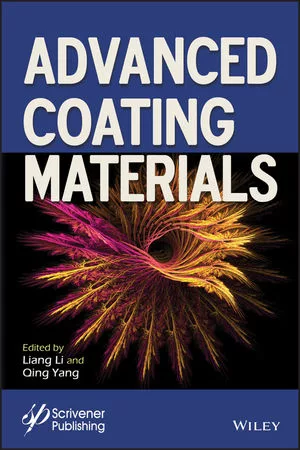The U.S. EPA's Coating Rules
The U.S. EPA is currently developing national emission standards for 10 industrial surface coating categories. These standards are required by the Clean Air Act and are intended to prevent harmful public health effects that may be caused by releases of hazardous air pollutants (HAPs). These standards, called National Emission Standards for Hazardous Air Pollutants (NESHAP), will address emissions from major sources of HAPs. Major sources are facilities that have the potential to emit at least 10 tons per year of a single hazardous air pollutant (such as xylene or toluene) or 25 tons per year of a combination of two or more HAPs. Estimates of a facility’s potential to emit 10 or 25 tons per year are based on coating operations operating at maximum capacity (i.e., 24 hours per day, seven days per week).
Development of these standards begins with an assessment of the emission reductions already being achieved by the top 12% of the best-controlled facilities within each coating category. The emission limitations will, at a minimum, reflect the average performance of these top facilities. Because any required measures will reflect the best level of control currently being achieved, the rules are referred to as maximum achievable control technology (MACT) standards.
Why You Should Get Involved
These regulations have the potential to affect you and your business. It is important that small businesses get involved in the rule development process so they can voice any concerns they may have before the rules are final.“We want to minimize the potential regulatory burden on small businesses,” said Dianne Byrne, Group Leader for EPA’s Coatings and Consumer Products Group. “Because of the potential burden, we are trying to reach as many of the affected entities as possible to make them aware of our regulations and encourage them to provide comments.”
A small entity can be defined as a small government, small business or a small town. If it emits enough pollution to qualify as a major source category, it can be subject to these rules. The Small Business Regulatory Enforcement Fairness Act requires the EPA to determine a rule’s economic impact on small entities, explore regulatory options for reducing significant economic impacts, and explain the ultimate choice of regulatory approach.
To do this, the EPA has reached out to small businesses in a number of ways. For example, the organization has provided information by way of the Internet, meetings with interested parties and various small business outreach groups across the nation.
The EPA’s Coatings and Consumer Products Group has also been working with the National Association of Schools of Public Affairs and Administration on its Small Communities Outreach Project for Environmental Issues (SCOPe). The goal of SCOPe is to bridge the gap between small entities and federal regulators by creating a mechanism for small entities to participate meaningfully in the development of federal regulations that will affect them. So far, SCOPe meetings have taken place for the Miscellaneous Metal Parts rule and the Plastic Parts and Products rule. Future SCOPe meetings are planned for several other rules, including the Wood Building Products rule.
The EPA’s Small Business Ombudsman and Small Business Assistance Programs also can serve as a liaison between the EPA and local small businesses by helping the EPA gather data from small entities and inform the small entities of the current developments. The EPA Small Business Ombudsman Clearinghouse/Hotline can be reached at 800/368.5888 or by visiting www.epa.gov/osdbu.
How to Get Involved
There are a number of ways small businesses or their representatives can get involved in the development of regulations. It’s important that you know which rules are being proposed. Refer to the EPA’s website at www.epa.gov/ttn/uatw/coat/coat.html to keep up to date. For more information about the coating rules process, visit the EPA’s Coating Rule Development website at www.epa.gov/ttn/uatw/coat/coat.html or the small business website at www.epa.gov/oar/oaqps/sbap.Links
Looking for a reprint of this article?
From high-res PDFs to custom plaques, order your copy today!




